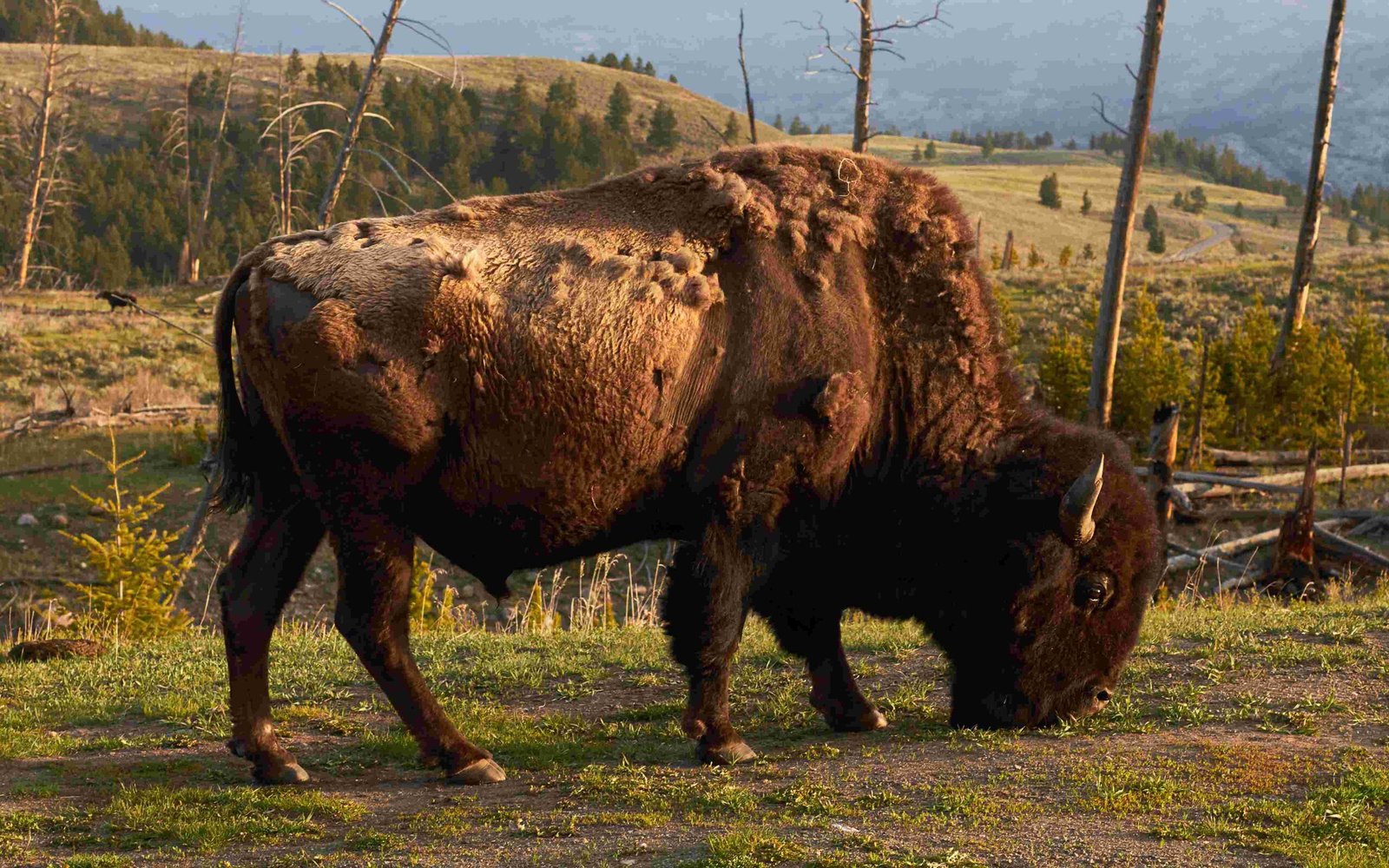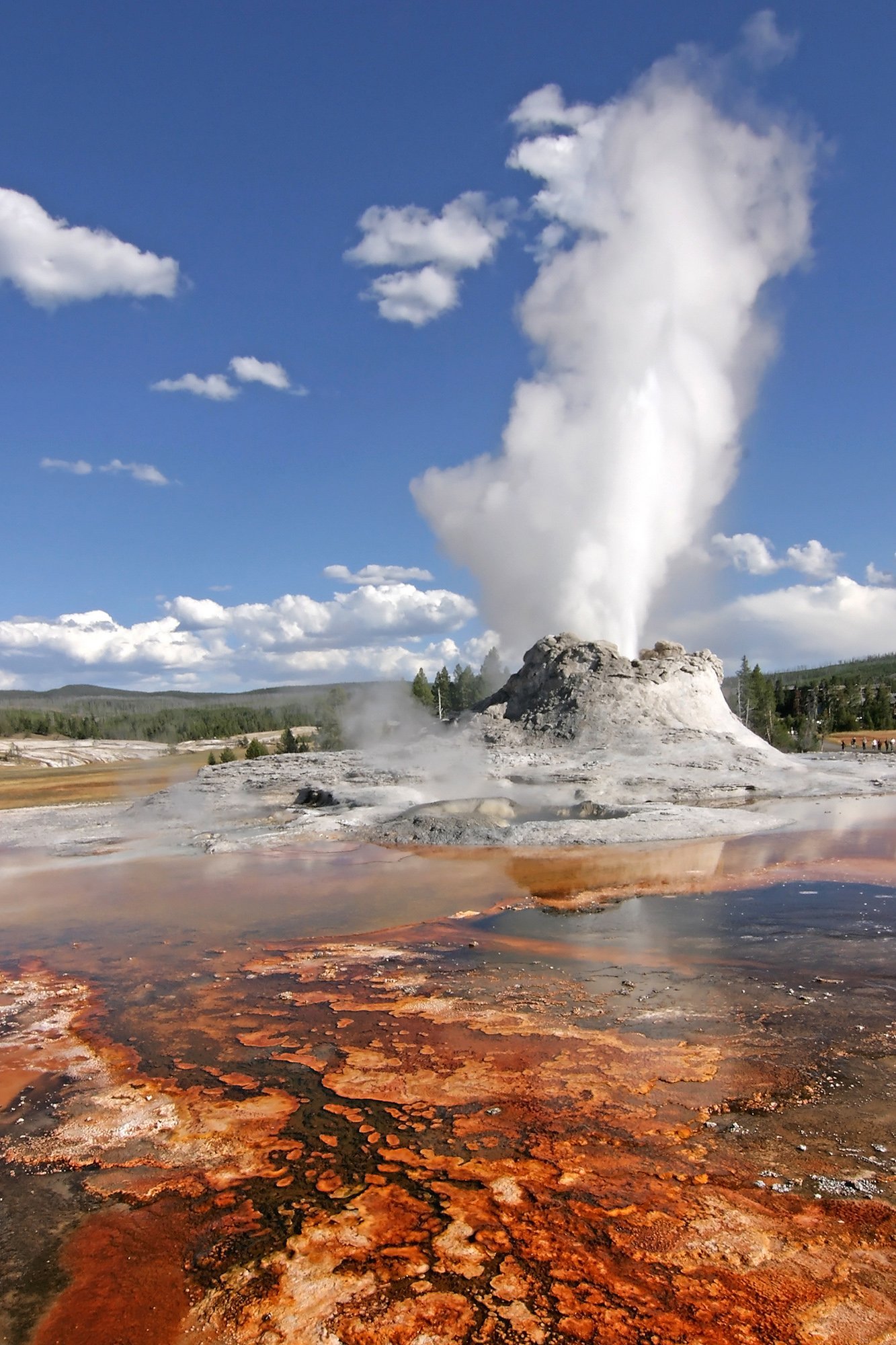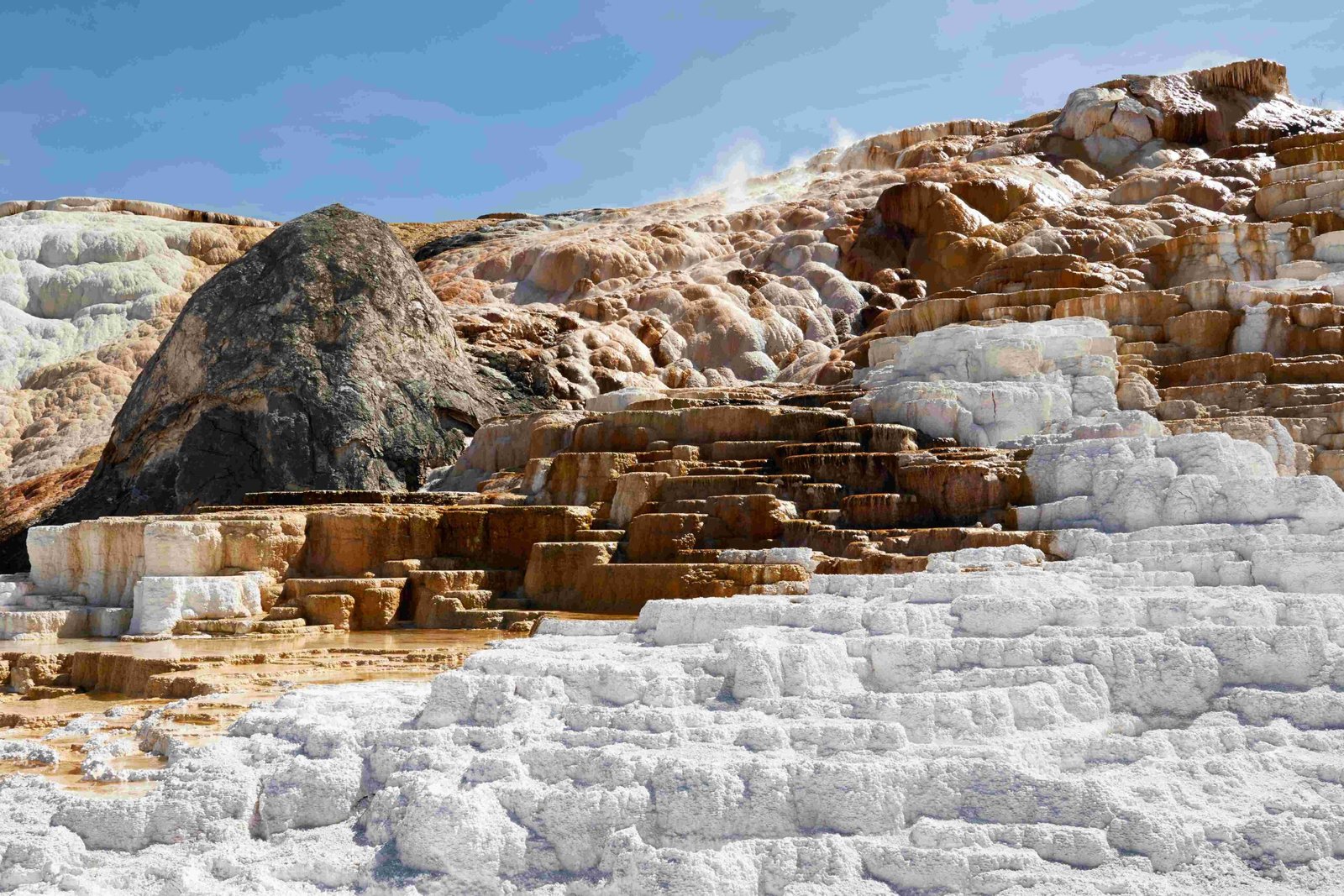The elk population in Yellowstone National Park has shown a general trend of increase since 2013, with fluctuations observed in recent years. The northern herd, which is the primary focus of population surveys, has rebounded from its lowest count of 3,915 elk in 2013 to 6,673 elk in 2022. This upward trend suggests a gradual recovery, although annual variations occur due to various environmental and ecological factors.
What Are the Current Statistics for Yellowstone’s Elk Population?

The elk population in Yellowstone National Park has experienced significant changes over the past decade:
- 2022: 6,673 elk counted
- 2019: 5,800 elk (23% lower than 2018)
- 2018: 7,579 elk (highest since 2005)
- 2016: 7,510 elk
- 2013: 3,915 elk (lowest recorded)
These numbers demonstrate a general upward trend since the low point in 2013, despite some year-to-year fluctuations.
What Factors Contribute to Elk Population Growth in Yellowstone?

Several key factors influence the elk population dynamics in Yellowstone:
- Habitat Conditions:
- Seasonal vegetation growth
-
Climate variations
-
Human Impact:
-
Elimination of late-season elk hunt in Gardiner (2011)
-
Environmental Factors:
- Winter severity
-
Snowpack levels
-
Predator Dynamics:
- Wolf reintroduction (1995)
- Bear and mountain lion predation
How Do Predators Affect Elk Numbers in Yellowstone?
Predators play a crucial role in shaping Yellowstone’s elk population:
Wolf Impact
- Each wolf consumes 16-22 elk annually
- Wolf population declined from 94 (2007) to 50 (2015)
Bear and Mountain Lion Predation
- Grizzlies target elk calves more than previously thought
- Cougars take a higher number of elk than expected
Researchers are using radio-collared elk to better understand predation rates and population dynamics.
What Are the Seasonal Migration Patterns of Yellowstone Elk?
Elk in Yellowstone exhibit distinct seasonal migration patterns:
- Winter Habitats:
- Lamar and Yellowstone river valleys
-
Areas from Soda Butte to Gardiner, Montana
-
Spring Migration:
- Move to higher elevations as snow melts
-
Follow vegetation green-up
-
Factors Influencing Migration:
- Snowpack levels
- Timing of vegetation growth
| Season | Migration Behavior |
|---|---|
| Winter | Move to lower elevations with moderate temperatures and less snowfall |
| Spring | Migrate to higher elevations following snow melt and vegetation growth |
| Summer | Remain in high-elevation areas with abundant forage |
| Fall | Begin descent to winter ranges as temperatures drop |
How Does Climate Change Impact Elk Population and Migration?
Climate change is increasingly affecting Yellowstone’s elk population:
- Earlier Springs:
- Can cause mismatch between calving and peak plant nutrition
-
Potentially leads to higher calf mortality
-
Changing Snowpack Patterns:
- Affects timing of migration
-
Influences calf survival rates
-
Vegetation Changes:
- Alters food availability and quality
- May shift suitable habitat ranges
What Conservation Efforts Are in Place for Yellowstone Elk?
Yellowstone National Park and partnering organizations have implemented various conservation strategies:
- Population Monitoring:
- Annual aerial surveys
-
Radio-collar tracking studies
-
Habitat Management:
- Controlled burns to improve forage quality
-
Invasive plant species control
-
Predator Management:
- Balanced approach to wolf and bear populations
-
Ongoing research on predator-prey dynamics
-
Human Impact Mitigation:
- Regulated hunting outside park boundaries
- Traffic management during migration periods
What Future Challenges Face Yellowstone’s Elk Population?
Despite the current increasing trend, Yellowstone’s elk population faces several challenges:
- Climate Change Adaptation:
- Shifting migration patterns
-
Changing vegetation dynamics
-
Habitat Fragmentation:
- Development outside park boundaries
-
Potential loss of winter ranges
-
Disease Management:
- Chronic Wasting Disease monitoring
-
Brucellosis concerns
-
Balancing Ecosystem Dynamics:
- Maintaining predator-prey balance
- Managing elk impacts on vegetation
In conclusion, while the elk population in Yellowstone National Park is currently showing an increasing trend since 2013, it remains subject to various ecological, environmental, and human-influenced factors. Ongoing research and adaptive management strategies will be crucial in ensuring the long-term health and stability of this iconic species within the Yellowstone ecosystem.
References:
1. https://www.nationalparkstraveler.org/2018/02/northern-yellowstone-elk-herd-growing-numbers
2. https://wildlife.org/yellowstone-national-park-plans-elk-population-study/
3. https://www.nps.gov/yell/learn/news/2019-late-winter-survey-of-northern-yellowstone-elk.htm

